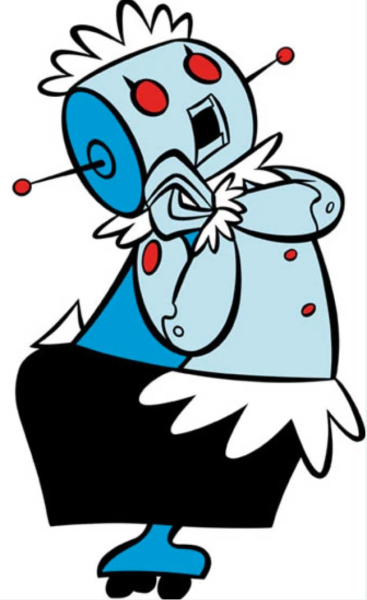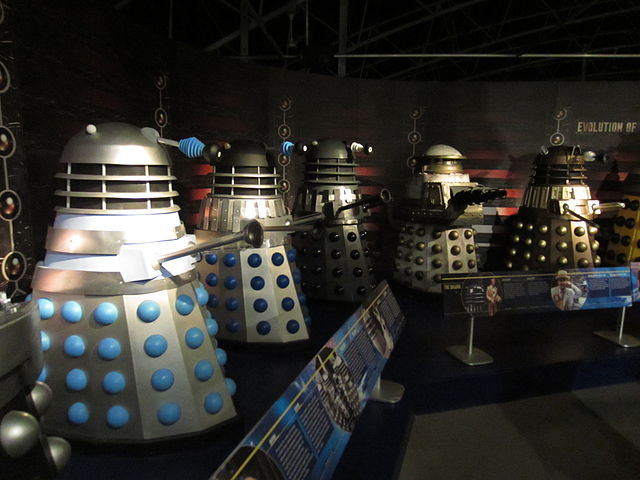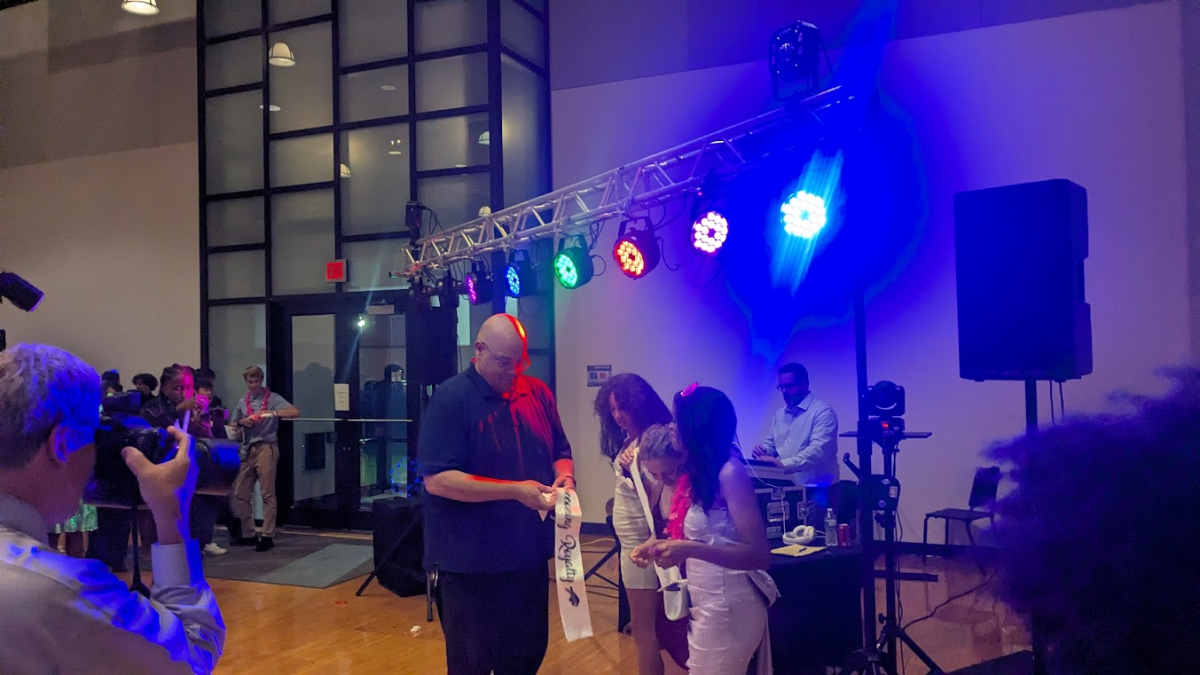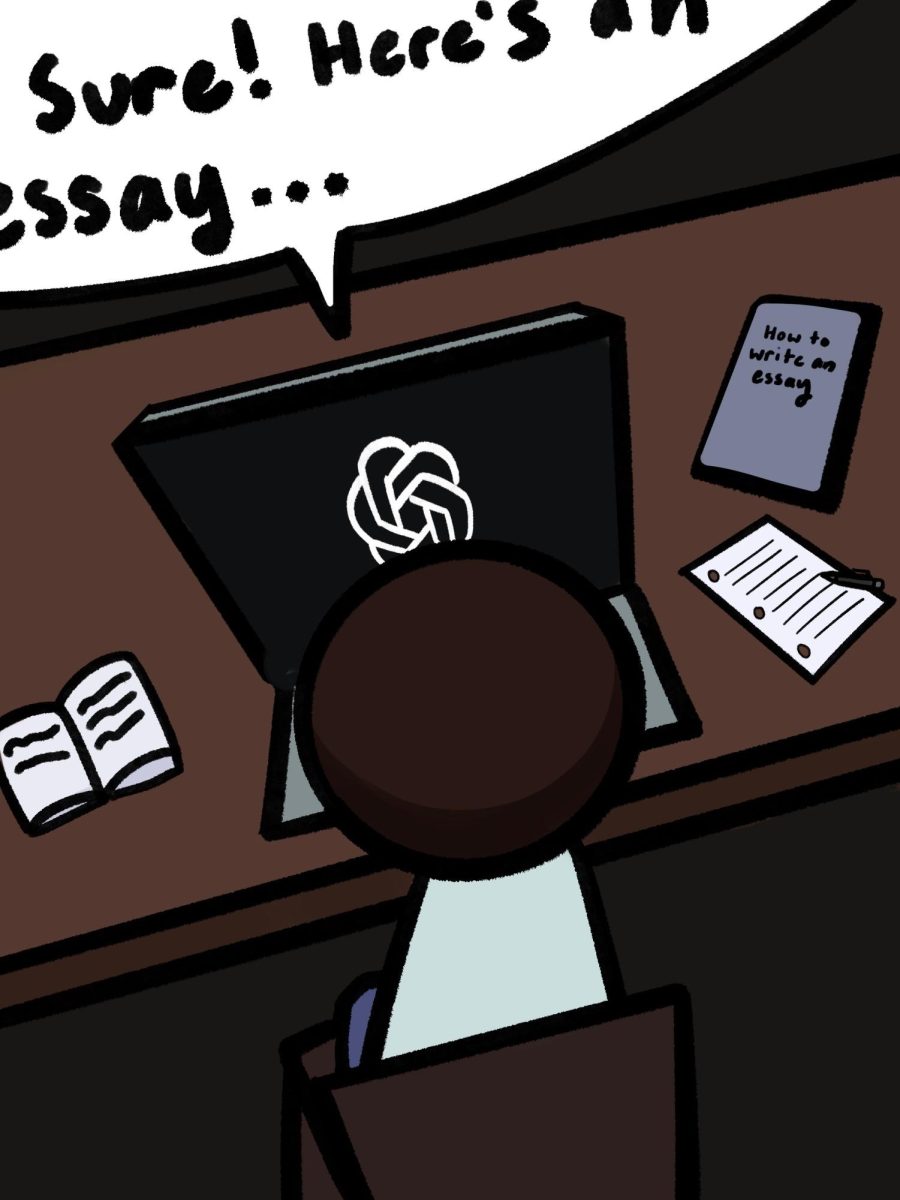Television is known for its clever one-liners and fascinating in-depth takes on the psychology of humankind, but what trope has been as universal for as long as robots?
We see them in Star Wars, classic cartoons and all forms of media.
Below is a timeline of their history, focusing on decades of television robots, and revealing what our fascination with robots shows about our faith in technology – from low-budget special effects to artificial intelligence.
In the 1950s, a robot named I-Tobor was created (read it backwards). Tobor was a part of the series Captain Video, and the story gets weird, but apparently, this robot was corrupted by women, then saved and corrupted again….. It was the 50s.
Towards the end of the ’60s, another robot named Robby was created for the film The Forbidden Planet and would make it to television two years later. The 60’s, I suppose, were the golden years for classic robots with Daleks, Astroboy and Rosie the robot.
The Daleks were villains in Dr. Who and have somehow maintained relevance for over 45 years, with some even referring to them as the greatest pop culture villains ever.

Astro Boy has some complicated plotlines, but he is kind of a sci-fi Pinocchio, except way darker. Astro Boy has been featured in a book, a show and a movie. Giant red boots inspired by his rocket boots have even been trending this year.
Another robot in the 60s was Rosie the Robot. She was in the Jetsons, a famous cartoon by Hannah Barbara. There were a lot of other robots in this era from other shows like Get Smart. A few years ago the Thunderbirds and Lost in Space got a pretty interesting Netflix reboot.
In the 80s there were shows such as Voltron, The Transformers and the Teenage Mutant Ninja Turtles.
I know it’s a bit shocking for some, but Yes! There were robots in Teenage Mutant Ninja Turtles. There is an entire Wiki dedicated to the robots in the Teenage Mutant Ninja turtles.
The robots in this show included some crazy automatons called “Footbots,” which were the robotic henchmen of Sherder, the main villain of TMNT, and serve as a replacement for living henchmen.
Transformers, as I assume most people know, are robots who are secretly cars and have been featured in a long series of semi-ok movies over the years. The plot centers around an ongoing war between the Autobots who fight for good and the evil Deceptacons.
Some of us on the Beachcomber staff are very nostalgic about Voltron.
Voltron is a huge robot composed of five robot lions who have individual pilots called paladins. Voltron has had various spinoffs over the years and remains a cult classic.
Then the 90s came about, featuring robots such as Bender from Futurama and some very interesting robot parodies.
Bender embodies some of the worst human weaknesses: he drinks and steals, but he is also a decent friend. If you have not seen Futurama I recommend that you check it out. It even got a reboot on Hulu recently.
There were way too many robot parodies in the 80’s and 90’s, so here are a few of my favorites:
There was a movie called Space Balls which parodied Star Wars and its droids.
This movie is a all out Mel Brook’s comedy film meaning its just incredibly stupidly funny, When it comes to robots they parody C3-P0 with a character named Dot Matrix , she is pretty much the female alternative and nothing more to C3-P0.
Conan O’Brien had a robot on his talk show who sat on a toilet and malfunctioned… it was really weird.
There is a lot more to find, but these may be the funniest and stupidest examples.
With such a wide range of portrayals of robots, how do we define them? Robots have been present in all forms of media for thousands of years. Television and movie robots are merely the latest iteration.
In 400 B.C. the inventor of the screw, Archytus of Taremtum, created a flying wooden pigeon, which may not fit our modern conception of a robot, but was certainly in the spirit of robot invention.
The boy did recover, and the King commissioned Torriani to create the automaton. It’s really weird, and if you are in the Smithsonian you can check it out.
Robots have been a source of fascination for every generation since then.
Similarly, robots have also been a recurring theme in literature.
Czech writer Karl Capek is credited with the origin of the word ‘robot’. In 1920 he wrote a play called Rossum’s Universal Robots, in which the robots were viewed as evil and rebelled against their human masters. Capek derived the word robot from the Czech word for slave.
Isaac Asimov, a writer with more notoriety, viewed robots as a much cleaner race that becomes more powerful than humanity. He also created the “Laws of Robotics,” which outline how robots should behave.
These rules can be summed up as saying that robots can not harm their inventors, must obey orders and must protect their own existence without breaking any of the other rules.
But what do these different depictions show about the times in which they were created?
The Daleks are xenophobic, and their creation seems to be a projection of the insecurities of the 1960s in which they were born; Wall-E is a more curious and human-like robot; his purpose of cleaning the planet seems to reflect more concern about environmental issues which had become a major concern by the early 2000’s,
Robots in literature and television have usually been much more advanced than the actual technology, and as actual technology advances, so does our ability to imagine more complex and human-like robots.
Looking back at this timeline, maybe we can piece together why robots continue to be feared, loved, or just plain scary.
We can see that I-Tobor was created in the 50s, and in this time period, women were beginning to rise in the labor forces and began to show their strength and power, which to a male-dominated workforce could have been scary, which may have contributed to their imagining the invention being corrupted by women.
In the 60s, Daleks reflected concerns about xenophobia and the dangers of technology, concerns very relevant when WWII was a recent memory and the Cold War was ongoing.
In film, of course, there are other robot representations, such as TARS from Interstellar, C3P0 from Star Wars, and Hal from 2001: A Space Odyssey. However, this is a film not TV, and even though these figures are interesting, they will have to be subject to their own article.
Life changes and our humble servants always have to change to fit our needs.
Overall, Robots get treated differently in movies like Star Wars, where the droids get kicked out of the Cantina just for being droids.
Even in new movies like Megan, the one with the killer robot dolls that I could not see due to my fear of scary movies, robots are extensions of our fantasies, and of what we imagine technology will one day be capable of.
They are also extensions of our fears.
The uncanny valley theory is one cause of this anxiety. This theory states that when we look at a robot, it can lead to the same physiological alerts that we experience when seeing a dead human.
With every new innovation comes new fears. Artificial Intelligence (AI) is the technology that provokes our most recent anxieties.
It bothers us. Even the idea of there being an intelligence developing parallel to our own can trigger our fear.
Humans are complicated, and everything we make or do is an extension of ourselves. Perhaps robots are so hard to define because they are an extension of their creators.














